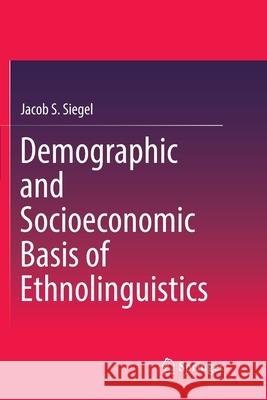Demographic and Socioeconomic Basis of Ethnolinguistics » książka
topmenu
Demographic and Socioeconomic Basis of Ethnolinguistics
ISBN-13: 9783319871608 / Angielski / Miękka / 2018 / 719 str.
Kategorie:
Kategorie BISAC:
Wydawca:
Springer
Język:
Angielski
ISBN-13:
9783319871608
Rok wydania:
2018
Wydanie:
Softcover Repri
Ilość stron:
719
Waga:
1.11 kg
Wymiary:
23.5 x 15.49 x 3.76
Oprawa:
Miękka
Wolumenów:
01
Dodatkowe informacje:
Glosariusz/słownik
Wydanie ilustrowane
Wydanie ilustrowane











